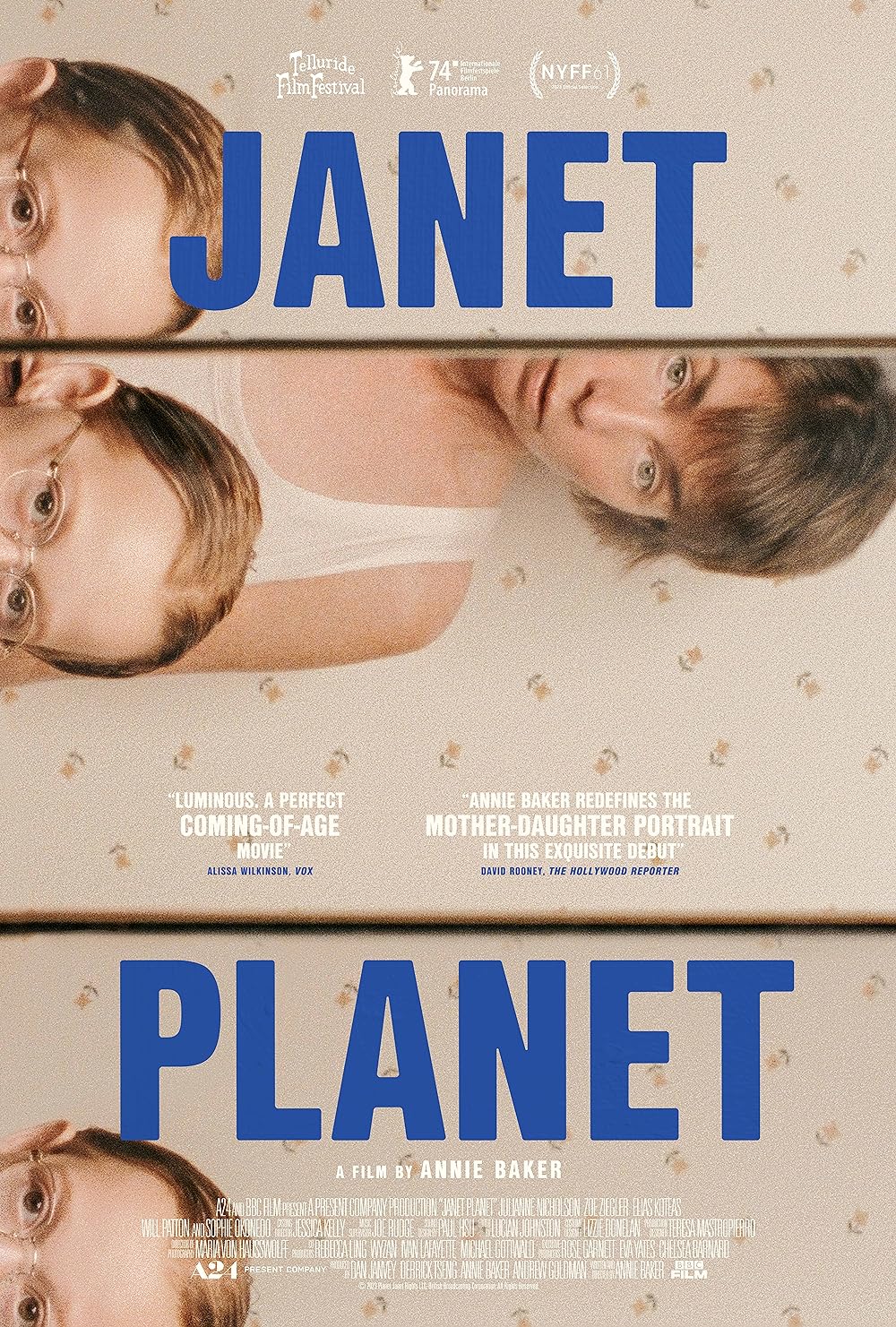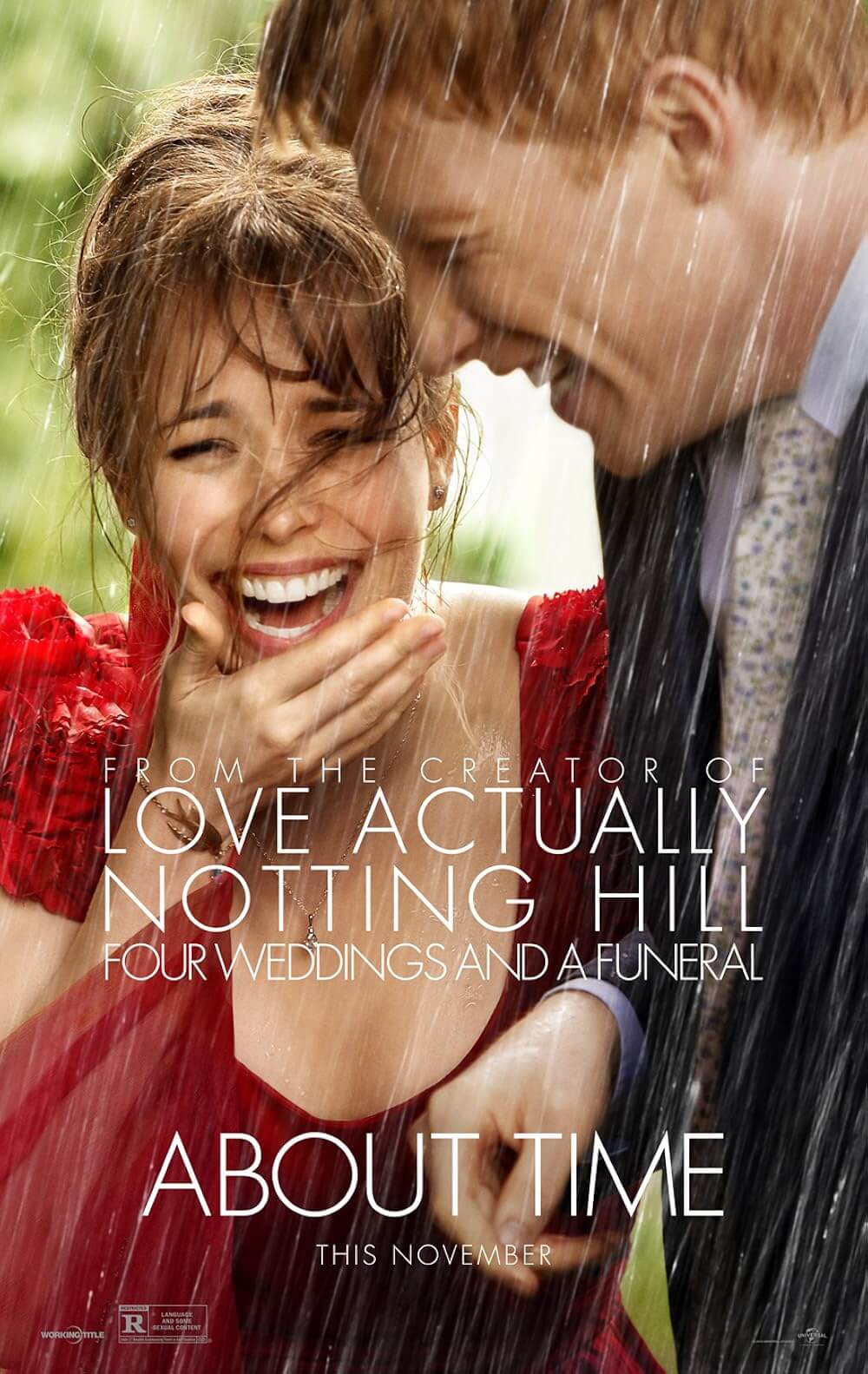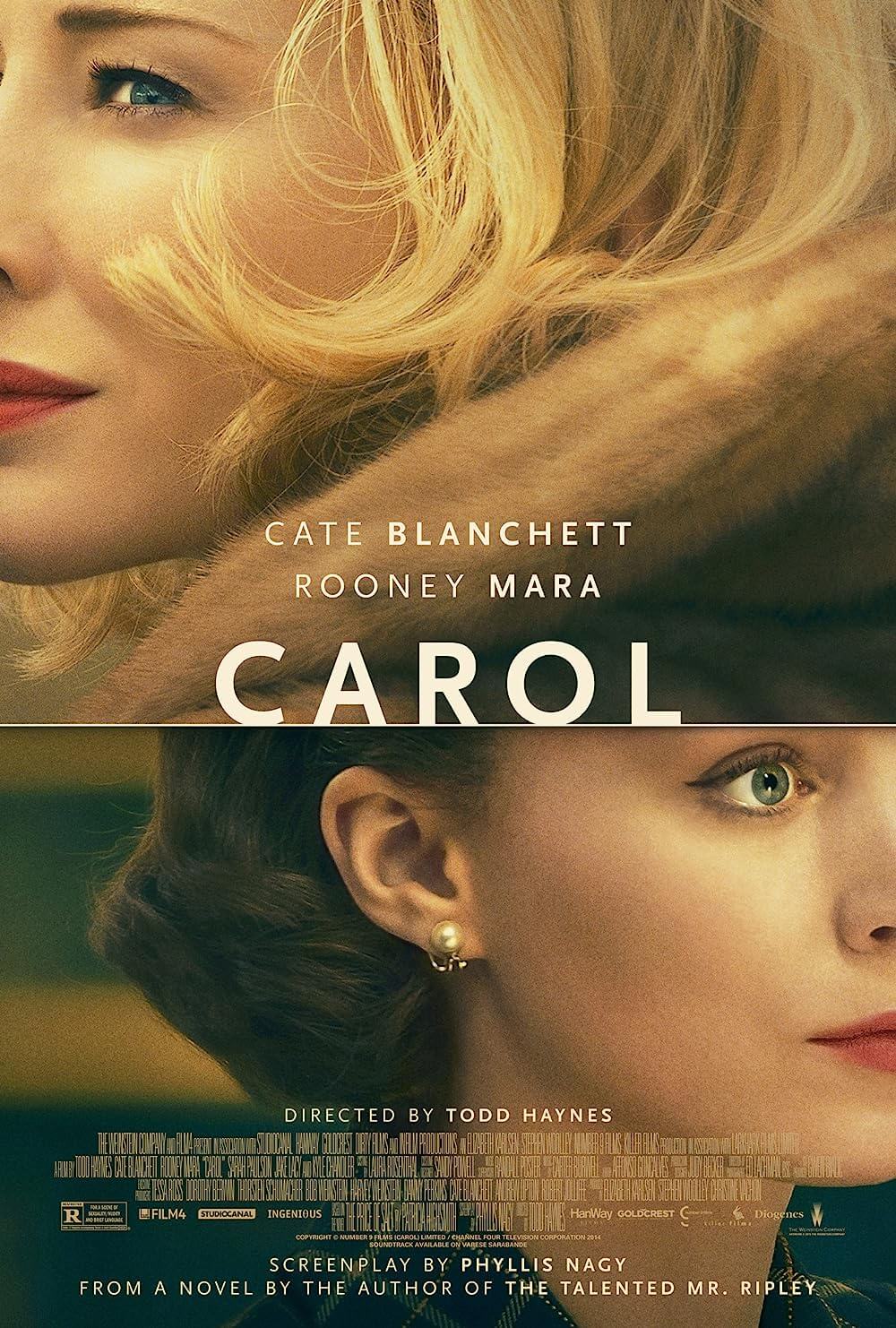Reader's Choice
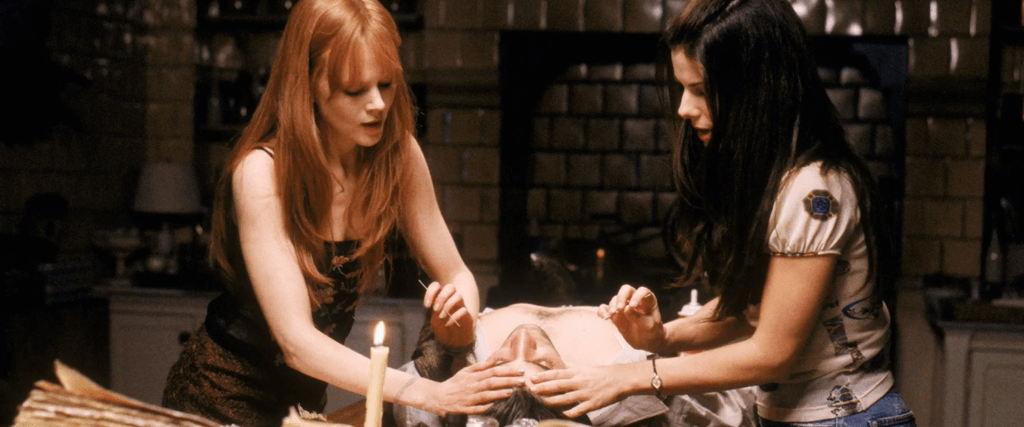
Practical Magic
By Brian Eggert |
Watching Practical Magic, I thought to myself that the book is probably much better. The 1998 adaptation is based on Alice Hoffman’s 1995 bestseller about sisters Sally and Gillian Owens, who come from a family of witches dating back to the Salem witch trials. Strangely, the film is part romantic comedy and part domestic thriller, with a hint of the supernatural. It boasts silly ideas about love and courtship, offering a central romance propelled by fate and whimsy. But there’s also a dark strain involving possession by the vengeful ghost of a man who violently beats women. Although I haven’t read the book, I must imagine Hoffman handled the shifts in tone and genre better than director Griffin Dunne (best known as the star of Martin Scorsese’s 1985 film, After Hours). Dunne’s work as a director primarily involves lighthearted comedies such as Addicted to Love (1997) and The Accidental Husband (2008), and unfortunately, Practical Magic is light studio fare with mere hints of something darker and more complex underneath. Even so, it’s kind of enjoyable after a glass of wine or two.
Practical Magic is an airily comic movie that also contains suicide, curses, animal sacrifice, poisoning, and exorcism. Regardless, the tone feels lighthearted, even in the opening when the Owens’ ancestor Maria (Caprice Benedetti) is nearly hanged in a witch trial. But the Owens women have “always created a stir,” says the voiceover. So for them, the presence of magic and macabre is part of their reality, and it stands to reason that they wouldn’t treat such commonplace events with grave seriousness. Moreover, Practical Magic is not without precedent: Warner Bros. also cast A-list women in a romantic comedy with a dark magic milieu in The Witches of Eastwick (1987), which featured Cher, Susan Sarandon, and Michelle Pfeiffer bedding down with Jack Nicholson’s Satan. But director George Miller could handle the wild swings from cursed vomiting to Cher’s delight over the shape of Nicholson’s penis in that film, whereas Dunne’s work on Practical Magic is less nimble or playful with its tonal shifts.
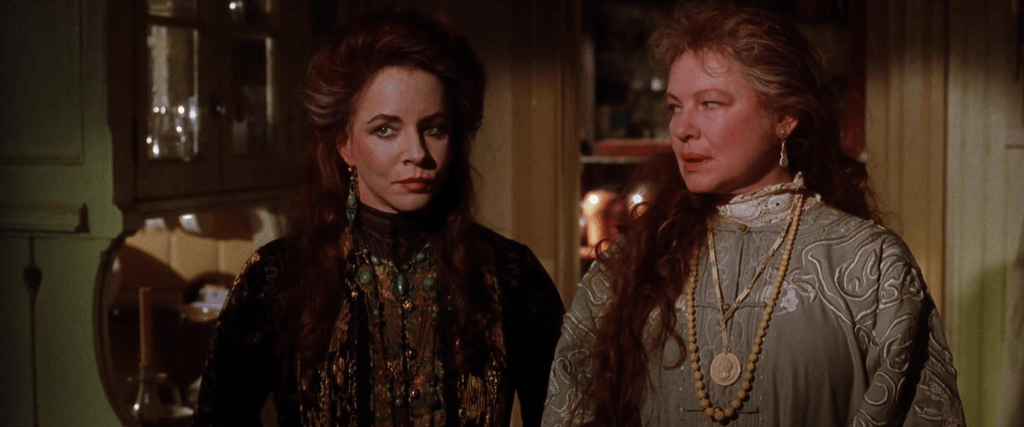 The cast sells the movie’s more absurd flourishes. Played by Bullock and Kidman, Sally is a little bit country, and Gillian is a little bit rock-‘n-roll. The sisters live with their aunts (Stockard Channing and Dianne Wiest, both wily and having fun) in Massachusetts, where the locals whisper about the Owens family. But there’s no real danger from the locals—they’re not zealots or witch hunters, just some local moms who like to gossip. Alas, Sally and Gillian are unlucky in love because their ancestor, Maria, put a curse on her family line that promises to kill any man who dares to love an Owens woman. The curse got the best of Sally and Gillian’s mother, who committed suicide after her daughters’ father died. So as a child, Sally created a spell to protect herself from losing someone she loves. Nevertheless, after passing a cute deliveryman (Mark Feuerstein) on the street, she runs back to him for an embrace set to Faith Hill’s “This Kiss.” They fall in love and have two children. Meanwhile, Gillian believes in free love and runs away to Los Angeles for many years of exploration.
The cast sells the movie’s more absurd flourishes. Played by Bullock and Kidman, Sally is a little bit country, and Gillian is a little bit rock-‘n-roll. The sisters live with their aunts (Stockard Channing and Dianne Wiest, both wily and having fun) in Massachusetts, where the locals whisper about the Owens family. But there’s no real danger from the locals—they’re not zealots or witch hunters, just some local moms who like to gossip. Alas, Sally and Gillian are unlucky in love because their ancestor, Maria, put a curse on her family line that promises to kill any man who dares to love an Owens woman. The curse got the best of Sally and Gillian’s mother, who committed suicide after her daughters’ father died. So as a child, Sally created a spell to protect herself from losing someone she loves. Nevertheless, after passing a cute deliveryman (Mark Feuerstein) on the street, she runs back to him for an embrace set to Faith Hill’s “This Kiss.” They fall in love and have two children. Meanwhile, Gillian believes in free love and runs away to Los Angeles for many years of exploration.
Death and magic don’t have much consequence in Practical Magic. Note how quickly Sally and her eventual two children (Evan Rachel Wood, Alexandra Artrip) get over the sudden death of her husband when the family curse claims him. They shed some tears, sure. But there’s hardly time for mourning after Sally has to rescue Gillian from her abusive “Dracula Cowboy” boyfriend, Jimmy Angelov (Goran Visnjic). When the sisters accidentally kill Jimmy while trying to subdue him with belladonna, they fear a life sentence for murder, so they resurrect him using forbidden magic. But he returns as a zombie, so they must murder him again and exorcize his evil spirit. Their troubles with Jimmy don’t end there. An Arizona cop named Gary (Aidan Quinn) comes looking for Jimmy. When he’s not muttering to himself or ignoring jurisdictional boundaries, Gary suspects the sisters of foul play. For some reason, Sally can’t help but tell Gary the truth, and his investigation turns into a tentative love affair.
Even if there’s not much weight to the romance or witchcraft, I enjoyed the tonal weirdness of Practical Magic. The two glasses of wine I had beforehand helped. I imagine that wine has a lot to do with why the movie didn’t perform well at the box office and why it has become popular on home video and streaming. The lack of wine at press screenings no doubt led to the critical panning of the movie in 1998. Had Warner Bros.’s marketing team thought to supply generous pours for those in attendance, the reviews may have been more forgiving. Due in part to the scathing critical reaction, Practical Magic earned back only about two-thirds of its reported $75 million budget, despite its famous cast and saturated ad campaign. Wine also probably played a role in the movie’s success at home. It’s the sort of movie you watch with a glass, giving yourself over to its sheer ‘90s-ness and the many incongruities that might be jarring if consumed sober.
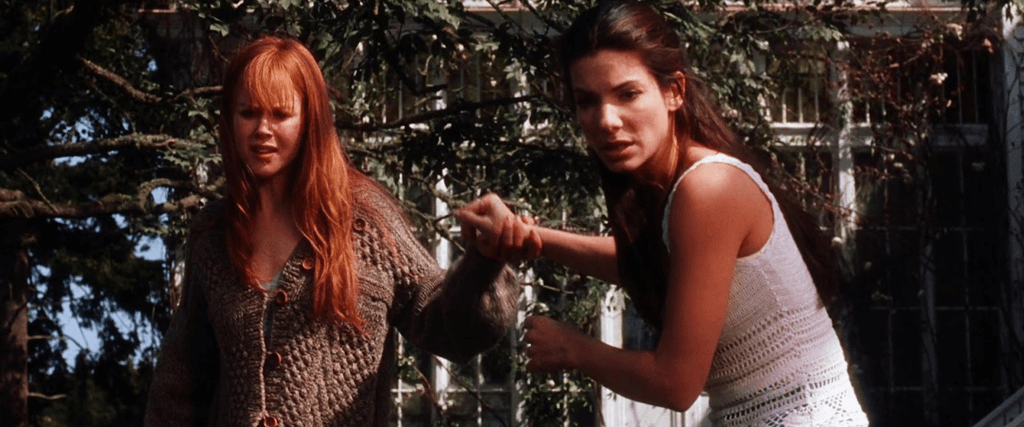 Practical Magic arrived when stories about women and the supernatural flooded popular entertainment. Two years earlier, The Craft featured a group of teenage girls exploring the dark arts, and the WB’s Buffy the Vampire Slayer and Charmed debuted within a year of Practical Magic. More than the flirty romance or the grim supernatural elements, I liked the movie’s representation of strong female relationships, which, historically, were accused of witchcraft. All the movie’s body-burying, séances, candle-lighting, and potion-mixing stem from how Sally and Gillian learn to support each other and themselves. In Gillian’s case, she is literally possessed and requires an exorcism performed with the help of women in town, which makes for a powerful metaphor for women supporting one another and the dangers of abusive relationships. For Sally, it’s about embracing the unpredictability of love. Alas, this means that Sally’s romance with Gary doesn’t have much substance beyond the obligatory happy ending of a Hollywood movie, especially given that she seemed to conjure him as the result of a spell.
Practical Magic arrived when stories about women and the supernatural flooded popular entertainment. Two years earlier, The Craft featured a group of teenage girls exploring the dark arts, and the WB’s Buffy the Vampire Slayer and Charmed debuted within a year of Practical Magic. More than the flirty romance or the grim supernatural elements, I liked the movie’s representation of strong female relationships, which, historically, were accused of witchcraft. All the movie’s body-burying, séances, candle-lighting, and potion-mixing stem from how Sally and Gillian learn to support each other and themselves. In Gillian’s case, she is literally possessed and requires an exorcism performed with the help of women in town, which makes for a powerful metaphor for women supporting one another and the dangers of abusive relationships. For Sally, it’s about embracing the unpredictability of love. Alas, this means that Sally’s romance with Gary doesn’t have much substance beyond the obligatory happy ending of a Hollywood movie, especially given that she seemed to conjure him as the result of a spell.
In the end, the question of Jimmy’s disappearance is wrapped up with a plot convenience in the form of a nonsensical letter (something about Jimmy’s remains in the “ashes of the structure,” which I rewound, paused, debated, and yet could not understand). But no matter. Practical Magic isn’t about such practicalities. It’s about the bond between Sally, Gillian, and their witchy family members—and eventually, the other bewitched women in town (including the familiar faces of Margot Martindale, Chloe Webb, Mary Gross, and Lucinda Jenney). It’s about women supporting one another despite their petty differences. And it’s also about drinking margaritas and dancing around the kitchen to some very ’90s needle drops. Of course, it’s a Hollywood fantasy, but the movie’s interest in female characters banding together against an abuser is compelling stuff and all too rare in mainstream cinema.
(Note: This review was originally suggested and posted to Patreon on October 22, 2022. Thank you for your continued support and patronage, Rose!)
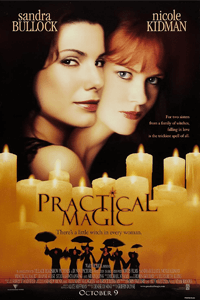
Thank You for Supporting Independent Film Criticism
If the work on DFR has added something meaningful to your love of movies, please consider supporting it.
Here are a few ways to show your support: make a one-time donation, join DFR’s Patreon for access to exclusive writing, or show your support in other ways.
Your contribution helps keep this site running independently. However you choose to support the site, please know that it’s appreciated.
Thank you for reading, and for making this work possible.
Brian Eggert | Critic, Founder
Deep Focus Review


